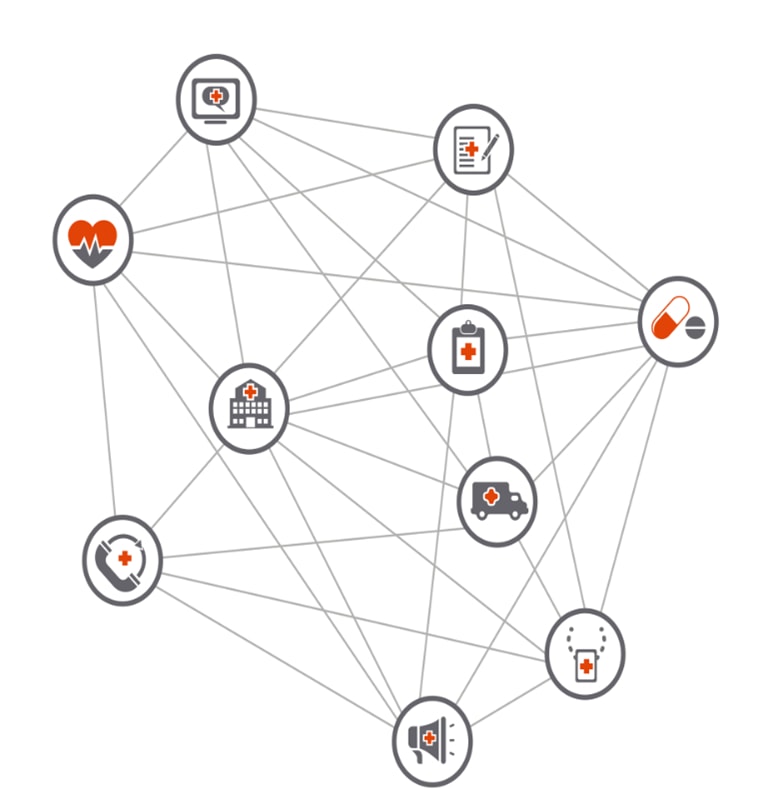
Biography
Biography: Daniel DuBravec
Abstract
Healthcare providers are turning to predictive analytics technology and then integrating it with telemedicine to collect data from physician/patient video conferences, email and IoT monitoring for irregular vital signs. The aggregation and analysis of this data determines the best approach to improved clinical care. By predictively identifying patients at elevated risk, remote patient encounters will reduce repeated re-admission to hospitals and lower patient costs. The benefits are many, but Health IT administrators must be diligent in implementing and maintaining privacy standards and policies which protect patient health data. Policies, procedures, rules and roles must be part of an overall data governance strategy for telemedicine and patient analytics.
Massive amounts of clinical data are now being ingested into electronic health records (EHRs), ranging from ultrasound, X-ray, CT and MRI images, coupled with patient medical history, and most recently, genomic information. The centralization of patient information into health data lakes is creating vast amounts of unstructured information. This data will be used to create comprehensive predictive models and then pulled into EHRs, accelerating automated clinical support with life-saving interventions.
The most promising application of telemedicine and predictive analytics has been its impact on improving the quality of care in rural areas of the United States. Evidence suggests that the use of telemedicine results in a decreased need for in-person follow-up visits with medical providers. When physician specialists for personalized medical needs are required, and the patient lives in a rural area, telemedicine provides remote medical consultation within the comfort of the patient’s home. By allowing physicians to monitor their patients' health on an on going basis remotely, and then analyzing this data, illness is treated early on before it becomes life-threatening. In addition to the convenience and insights tele-predictive modeling creates, there is a reduction in the overall cost of care.

Recent Publications:
- Payne, T. H., Corley, S., Cullen, T. A., Gandhi, T. K., Harrington, L., Kuperman, G. J., Zaroukian, M. H. (2015, May 29). Report of the AMIA EHR 2020 task force on the status and future direction of EHRs. Retrieved from Journal of the American Medical Informatics Association: http://jamia.oxfordjournals.org/content/earl /2015/08/14/jamia.ocv066.
- Reed, T. (2014, February 28). Genomics 2.0: Putting Inova on the map. Retrieved from Washington Business Journal: http://www.bizjournals.com/washington/print edition/2014/02/28/genomics-20-putting-inova-on-the-map.
- Russo, J. E., McCool, R. R., & Davies, L. (2016, March 14). VA Telemedicine: An
- Analysis of Cost and Time Savings. Telemedicine and e-Health, 209-215.
- Schadelbauer, R. (2017, March). Anticipating Economic Returns of Rural Telehealth. Arlington, VA: The Rural Broadband Association. Retrieved from Foundation for Rural Service.

